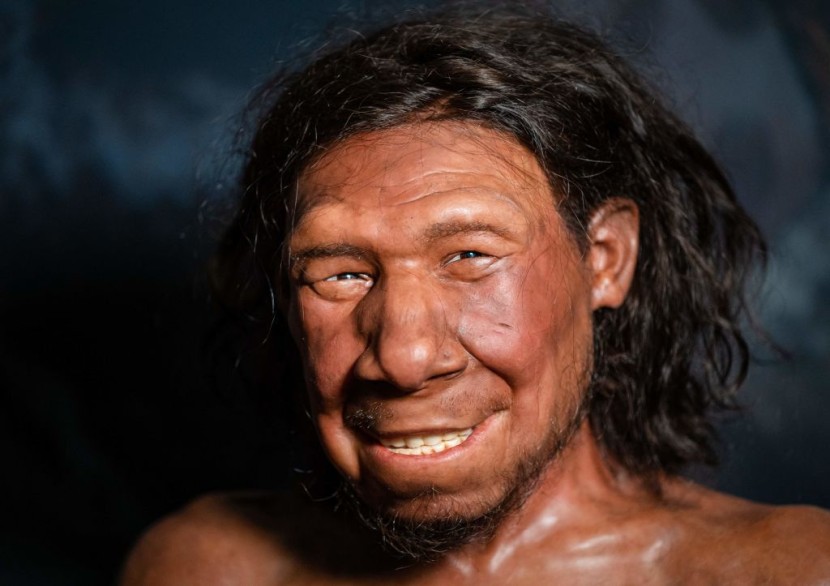
Researchers have unearthed a 50,000-year-old DNA from a neanderthal family that lived in a Siberian cave where a family of human ancestors once lived. It proves this ancestor of present-day humans were socially structured like today.
Ancient Neanderthal DNA Proves Existence of Family
Bones and teeth of a neolithic family are found in a cave in the snowy climate of Siberia, located in the Altai Mountains., reported Live Science.
About 50,000 years ago, this group of adults and children perished while seeking shelter in their camp. For archaeologists and geneticists, the DNA traces are complete evidence of the past. The cave is about 100 kilometers west of Denisova Cave, where a hominin called Denisovans was found ten years ago.
DNA found in the Chagyrskaya Cave in 2019 produced 90,000 stone relics, bone implements, animal and plant residues, and fossilized Neanderthal remains.
Experts think the cave was a temporary camp when hunting bison was dated to be 51,000 to 59,000 years ago. Traces of pollen and animal remains indicate freezing cold temperatures when these human ancestors lived in the cave, noted New Scientist.
In a study released on October 19 in the journal Nature, the genomes of the Neolithic occupants of Chagyrskaya and the adjoining Okladnikov Cave were further analyzed.
Study on the Neanderthal DNA
A total of 13 genomes of the 50,000-year-old DNA have been discovered, nearly doubling the number of samples of complete genomes for this human ancestor that has been discovered.
Other projects that examined how these people live in communities are seen in footprints and site use and the genomic examination of groups of related groups of 20 or fewer individuals, like in a neanderthal family.
They were a family, as evidenced by 11 of the specimens from Chagyrskaya Cave. DNA from two people were an adult male and a young woman; they could be parents, siblings, or even father and daughter.
However, their mismatched mitochondrial DNA (mtDNA), typically carried from mother to kid, ruled out the first two pairings, putting researchers in direct contact with a father and his teenage daughter.
The two additional males that were most likely to be close maternal relations of the dad also matched mtDNA with them; "for instance, they might have connected to grandmother," the researchers hypothesized.
Neanderthals or Denisovans?
There is no proof if the Neanderthals mixed it up with neighboring Denisova or if they existed simultaneously. Based on the research, the Okladnikov and Chagyrskaya varieties of Neanderthals had a common ancestor with European Neanderthals.
The Denisovans and European Neanderthals had one common ancestor who may have existed 30,000 years earlier, well before Chagyrskaya Neandertals. High similarity in the genome segments of these Neanderthals also led the researchers to "conclude that the local community size of the Chagyrskaya Neanderthals was small."
In essence, a few females stayed with the group they had been conceived into, while many others left their groups to join different ones. However, the investigators are still determining whether this group size might be implemented outside the Altai region, even as the Chagyrskaya group might've been a distinctive, isolated instance.
If they were too isolated, the Neanderthals would have been doomed in their lifestyle when they died.
Archaeologists and geneticists found 50,000-year-old DNA of a Neanderthal family in the Chagyrskaya, who may have perished for several reasons like starvation or the Siberian chill.








